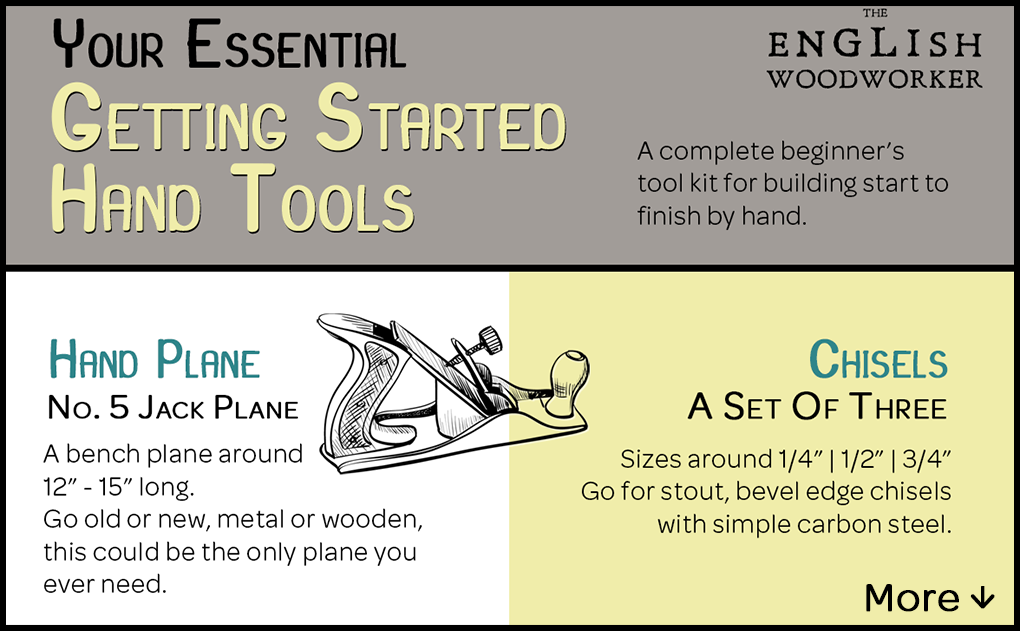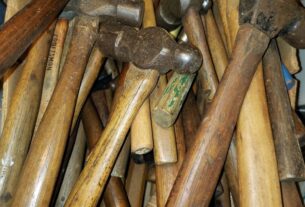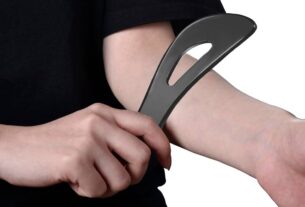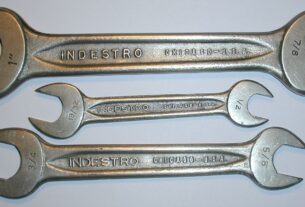Carpentry is a craft that requires precision, skill, and the right tools. A carpenter’s tool is an essential part of their trade, and choosing the right one can make all the difference in the quality and efficiency of their work. But with so many different types of carpenter’s tools available on the market, it can be challenging to know where to start.
In this article, we will guide you through everything you need to know about carpenter’s tools and help you choose the best one for your needs. From hammers to saws, chisels to planes, we will cover all the essential carpenter’s tools and give you expert advice on how to select the perfect one.
Types of Carpenter’s Tools
There are numerous types of carpenter’s tools available on the market, each with its unique purpose and design. Here are some of the most common types of carpenter’s tools:
1. Hammers
Hammers are one of the most essential carpenter’s tools. They come in various sizes and shapes, ranging from small finishing hammers to large framing hammers. Some popular types of hammers include claw hammers, mallets, dead blow hammers, and sledgehammers.
When choosing a hammer, consider its weight, balance, grip comfortability and durability. If you’re going to be doing heavy-duty work like framing or demolition, a heavier hammer may be more suitable. For lighter tasks like finish work or cabinet making, a smaller hammer would suffice.
2. Saws
Saws are another crucial carpenter’s tool that comes in various shapes and sizes. They range from handsaws to power saws like circular saws or jigsaws. Some popular types of handsaws include crosscut saws for cutting across wood grains and rip saws for cutting along the wood grain.
When choosing a saw, consider the type of cut you need to make and the thickness of the material. For thicker materials like framing lumber, a circular saw would be more suitable. For finer cuts like molding or trim work, a handsaw would be better suited.
3. Chisels
Chisels are used for shaping and carving wood. They range from small detail chisels to large mortise chisels. Some popular types of chisels include bench chisels, Japanese chisels, and paring chisels.
When choosing a chisel, consider its blade quality and sharpness. A good chisel should have a sturdy handle that feels comfortable in your hand for extended periods.
4. Planes
Planes are used for smoothing rough surfaces and shaping wood. They come in various sizes and shapes, ranging from block planes to jointer planes. Some popular types of planes include jack planes, smoothing planes, and shoulder planes.
When choosing a plane, consider its size and weight. A heavier plane is more suitable for removing larger amounts of wood while a lighter one is better suited for fine finishing work.
Choosing the Right Carpenter’s Tool
Now that we’ve covered some of the essential carpenter’s tools let’s talk about how to choose the right one for your needs.
1. Consider Your Project
The first step in selecting the right carpenter’s tool is to consider the project you will be working on. Different projects require different tools with varying specifications.
For instance, if you’re building a deck or framing a house, you’ll need heavy-duty tools like a framing hammer or circular saw. On the other hand, if you’re doing finish work like installing baseboards or crown molding, smaller tools like a finish hammer or handsaw would suffice.
2. Consider Your Skill Level
Your skill level is another critical factor to consider when selecting carpenter’s tools. If you’re a beginner, you may want to start with simpler tools like a handsaw or hammer before moving onto more complex ones like a jointer plane.
3. Consider Your Budget
Carpenter’s tools come in various price ranges, and it’s essential to consider your budget when selecting one. While high-end tools may have better quality and durability, they may not always be necessary for your needs.
It’s crucial to find the right balance between quality and affordability when choosing carpenter’s tools.
4. Consider Ergonomics
Ergonomics is another critical factor to consider when selecting carpenter’s tools. A tool that feels comfortable in your hand can help reduce fatigue and prevent injury.
Look for tools with comfortable grips that fit your hand well and are easy to hold for extended periods.
Conclusion
Choosing the right carpenter’s tool can make all the difference in the quality and efficiency of your work. From hammers to saws, chisels to planes, there are numerous types of carpenter’s tools available on the market.
Consider factors like your project, skill level, budget, and ergonomics when selecting the right tool for your needs. With our expert advice, you’ll be able to choose the perfect carpenter’s tool for any project.
References:
https://www.familyhandyman.com/list/must-have-carpentry-tools/
https://www.popularmechanics.com/home/tools/reviews/g2987/carpentry-tools-every-tradesman-should-own/
https://en.wikipedia.org/wiki/Carpentry




